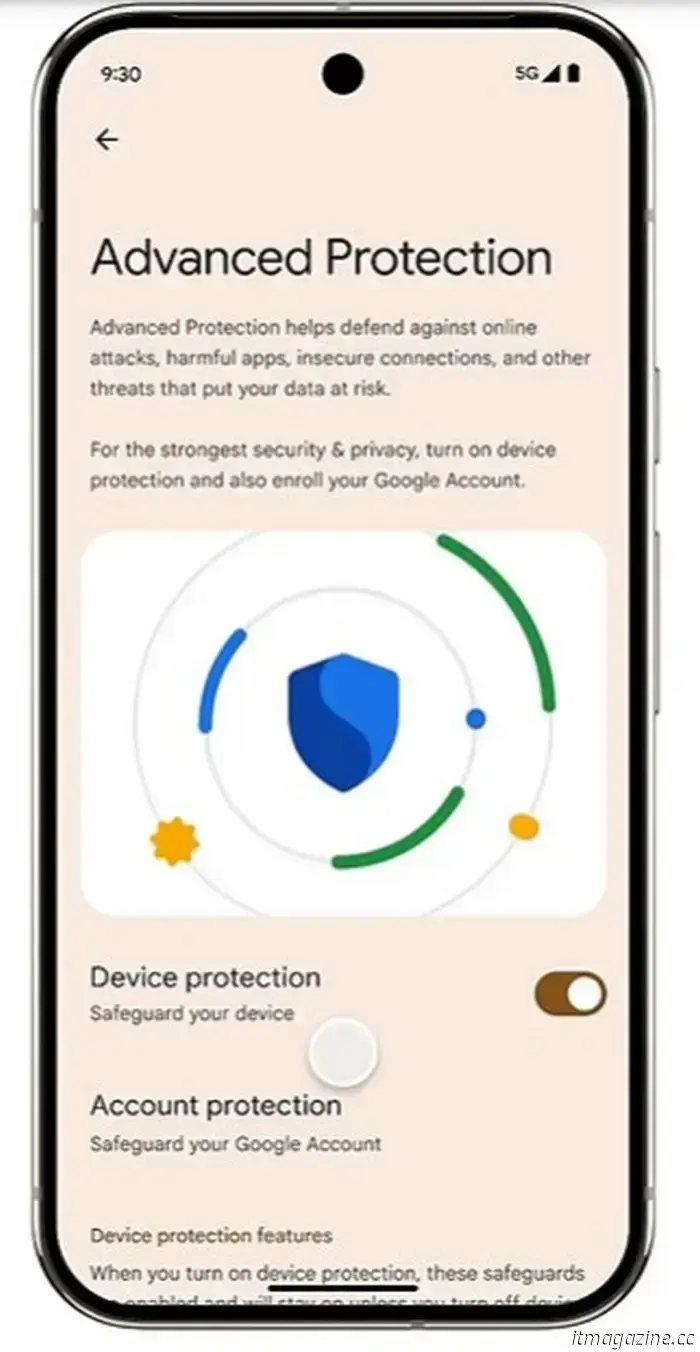
Android 16 has been released. With a Linux terminal and virus problems
Google decided that waiting until the fall was not for it, and suddenly released Android 16. To begin with, the system is available on supported Pixel devices, but later it will work on other smartphones. This is the earliest release in recent years, and although it can't be called a revolution, the update turned out to be intense: there's a live notification feed, an integrated Linux terminal, and usb port protection.
Notifications have "come to life" and are working on the locked screen.
Now you can view dynamic notifications on the locked screen, for example, you can track a delivery courier or taxi. Live notifications work almost like in iOS, but in their own way, allowing for flexible customization. Google even promises that this feature will work on other Android brands, including Samsung and OnePlus.Image: blog.google
All USB ports are under suspicion for security reasons.
Android 16 has added new Advanced Protection mode features. Now it can block suspicious applications, phishing, questionable websites, and even USB connections at airports. Now the system provides security instead of the user and blocks everything that moves. No more USB tape measure.
Google has not forgotten about the appearance either. Material You is evolving into something with the fashionable name Material 3 Expressive. So far, this is more of a hint, as a visual update of the operating system is planned in the fall.Image: blog.google
Linux on minimal platforms: terminal directly in Android
Android 16 has prepared a gift especially for linuxoids — you can run a full-fledged Debian-based terminal in the OS. Now you can run GNU utilities, compile code, and even (rumor has it) play Doom. Of course, the terminal is hardly useful to ordinary people. But now you can look very serious, sitting in a cafe and typing commands instead of endlessly watching TikTok.
Almost Samsung DeX, but from Google
Pixel owners can now connect smartphones to monitors and run applications in windowed mode. So far, it looks like "it would be cool if they finished it," but it's already working. In the fall, Google promises to add more keyboard shortcuts, taskbars, and other joys of desktop life.
With the new Android, sound can be shared to multiple devices at once, thanks to Bluetooth LE Audio and Auracast. So now you and your friends can listen to one song at the same time, each with their own headphones. Or suffer from the same playlist all together. The main thing is synchronous.Image: blog.google
Amateur photographers will be pleased: new APIs, Ultra HDR support, HEIC format and smart night mode upgrade the camera. Android continues to transform into a pocket studio.
Google has finally thought about people with hearing impairments. Now you can switch the microphone source — for example, use your phone's microphone instead of the built-in hearing aid to hear better in a noisy environment. And management has become easier — right from the smartphone screen.Image: blog.google
Who will have to wait for updates
If you have a Pixel 6 or later, then Android 16 is already in your smartphone. The owners of the Pixel Fold, Pixel Tablet and the upcoming Pixel 9 have also not been left without attention. But fans of Samsung, Xiaomi, OnePlus and other brands will have to wait a bit — until about the second half of the year.
However, it really makes sense to wait. Android 16 has become much cleaner, safer, a little more beautiful and much smarter.




Android 16 has been released. With a Linux terminal and virus problems
Google decided that waiting until the fall was not for it, and suddenly released Android 16. To begin with, the system is available on supported Pixel devices, but later it will work on other smartphones. This is the earliest release in recent years, and although it can't be called a revolution, the update turned out to be intense: there's a live notification feed, an integrated Linux terminal, and usb port protection.

